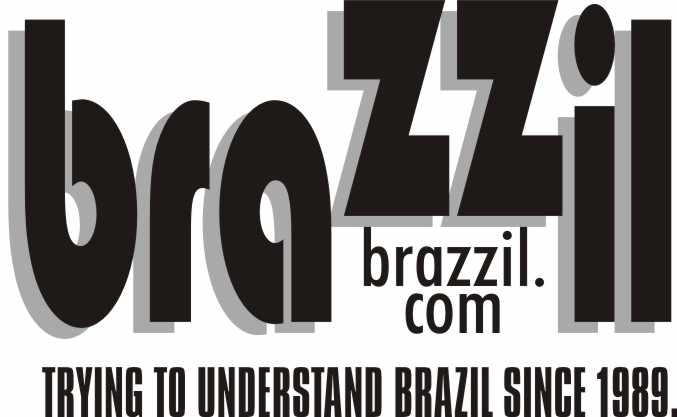Brazil’s misery index fell 8% between 2003 and 2004, according to a study entitled "Misery Falls," based on data in the IBGE 2004 Household Survey, which shows that the distance between the rich and poor in Brazil has fallen for three consecutive years.
Marcelo Neri, who coordinated the study for the Getúlio Vargas Social Policies Center, says that it is too early to see a long-term drop in the "abyss" between the rich and poor, but that the drop that has occurred for three straight years is something unheard of in the last 30 years of Brazilian history.
Neri says that a series of factors have contributed to improving the situation. There has been economic growth, inflation stability, real increases in the minimum wage, a stronger job market, more people going to school for longer periods and greater income distribution as a result of government action.
"There is a new generation of social programs making people aware of the need to give more to those who have less. Examples of this are the School Scholarship program and retirement benefits for rural workers. Those two programs have reached the country’s remote pockets of abject poverty, reducing the misery index," he said.
According to the Fundação Getulio Vargas, in 2003 the country had 27.26% of its population living below the poverty line (making less than US$51 per month). In 2004, that number had dropped to 25.08%.
Agência Brasil
